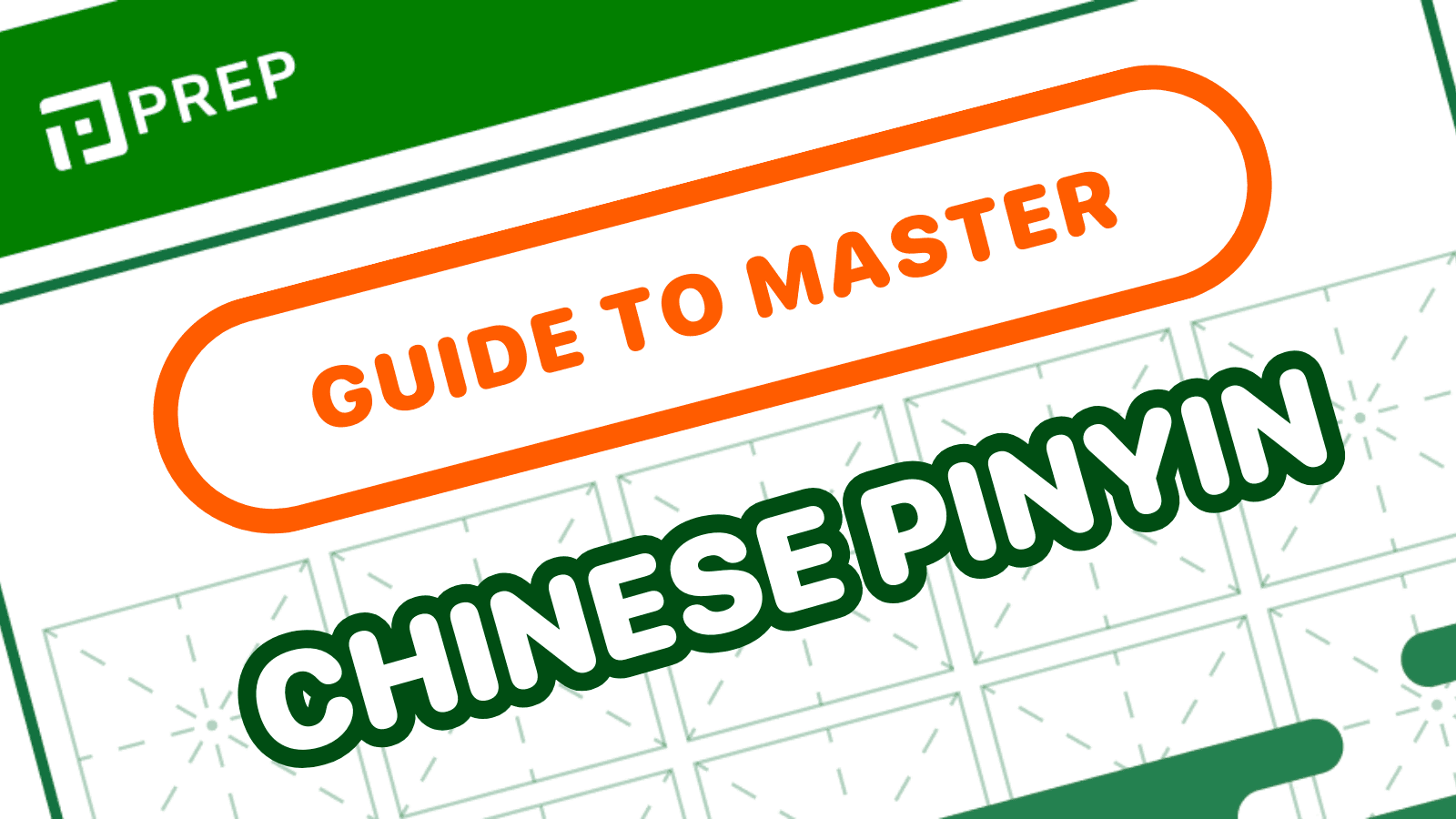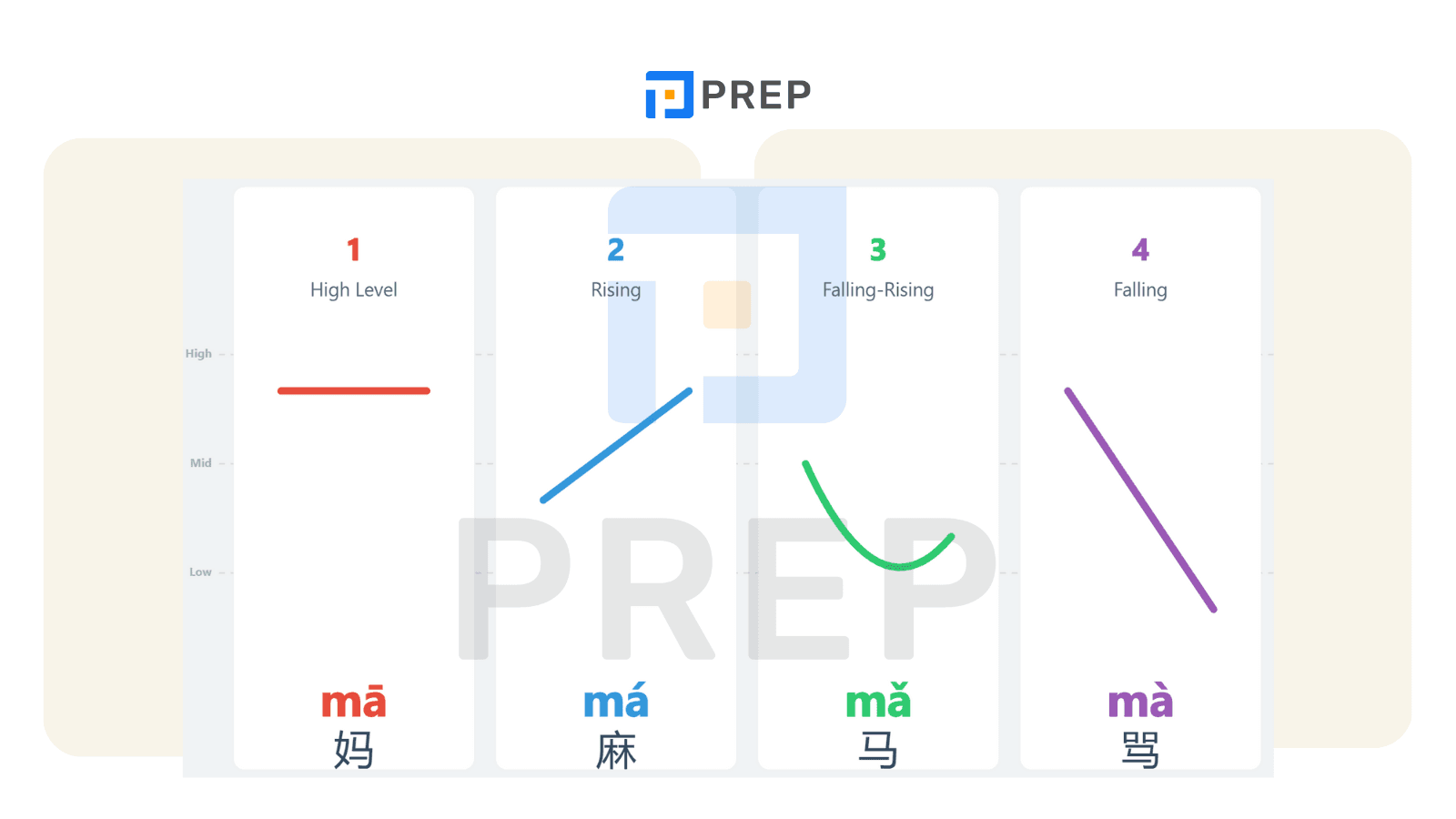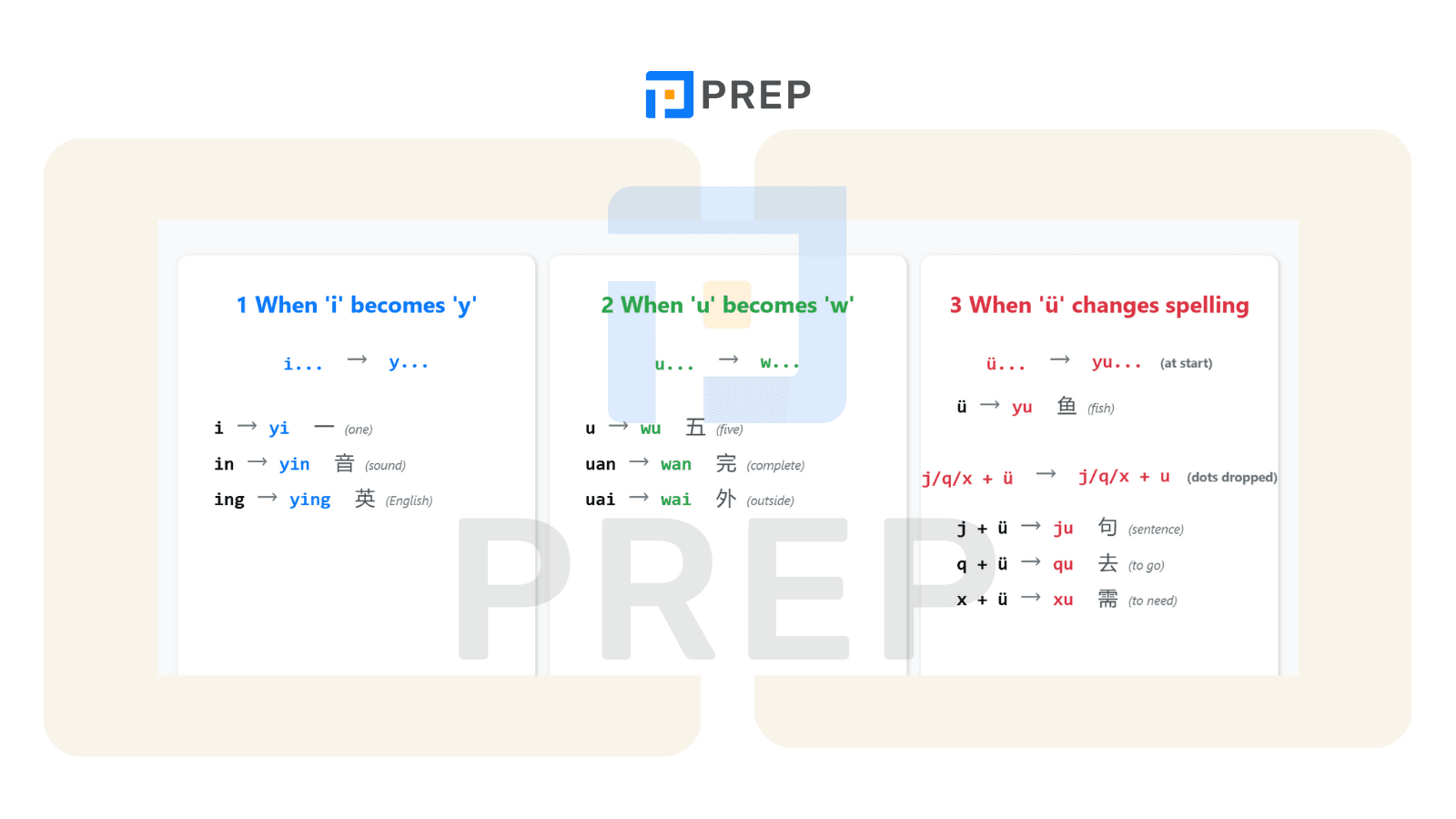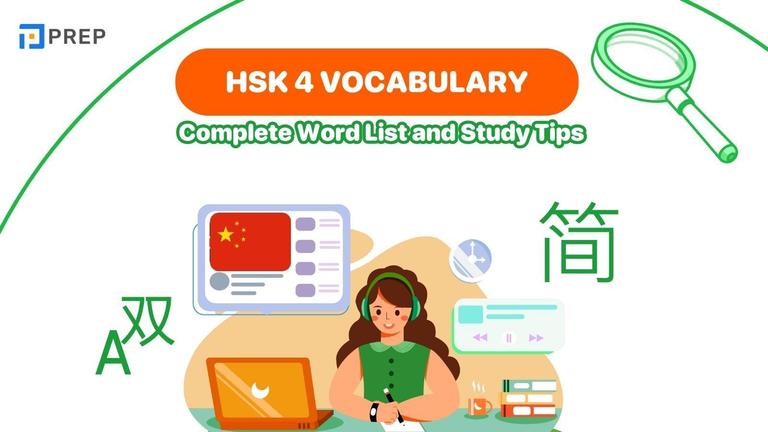Your Essential Guide to Pinyin: Unlocking Mandarin Chinese Pronunciation and Typing
When faced with the bewildering complexity of Chinese characters, most language learners experience a moment of profound doubt. How can anyone possibly pronounce these intricate symbols correctly? This seemingly insurmountable challenge has deterred countless potential Mandarin students, yet a systematic solution exists—one that transforms these mysterious characters into accessible sounds using familiar Latin letters.
Pinyin serves as this essential bridge between Chinese characters and pronunciation. This official phonetic system breaks down Mandarin sounds into understandable components, creating a practical pathway not just for speaking, but also for typing Chinese efficiently on modern devices.
Developed in the 1950s and formally adopted across China in 1958, pinyin has revolutionized Chinese language education worldwide. Unlike previous romanization attempts like Wade-Giles, pinyin offers consistent, intuitive spelling conventions that accurately represent Mandarin's sound system—including its distinctive tones that change meaning.
The elegance of pinyin lies in its comprehensive yet approachable structure. It organizes all Mandarin sounds into initials (shengmu) and finals (yunmu), paired with tone marks that indicate the pitch pattern. This systematic approach transforms the seemingly random diversity of Chinese pronunciation into patterns that western learners can recognize and master.
Beyond pronunciation, pinyin has become the foundation of Chinese computing. When typing on smartphones or computers, even native Chinese speakers use pinyin input methods—typing romanized sounds to select the corresponding characters. This practical application makes pinyin not merely an educational stepping stone but an essential skill for anyone engaging with modern Chinese communication.
In this comprehensive guide, you'll master pinyin's components systematically: initials and finals, the four tones plus neutral tone, spelling rules, and practical typing methods. Each section builds your confidence through clear explanations and practical examples. By investing time in these fundamentals, you'll develop accurate pronunciation habits from the start, navigate Chinese resources efficiently, communicate more confidently, and type Chinese characters with ease.
Let's begin our exploration of pinyin by understanding exactly what it is and why it forms the non-negotiable foundation for successful Mandarin learning.
- I. What Exactly is Hanyu Pinyin? Decoding the Foundation of Mandarin Learning
- II. Why Mastering Pinyin is Non-Negotiable for Mandarin Learners
- III. The Sounds of Mandarin Part 1: Pinyin Initials (Shengmu)
- IV. The Sounds of Mandarin Part 2: Pinyin Finals (Yunmu)
- V. The Music of Mandarin: Mastering Pinyin Tones (Shengdiao)
- VI. Essential Pinyin Rules for Accurate Reading and Writing
- VII. From Theory to Practice: Typing Chinese with Pinyin IME
- VIII. Proven Strategies for Learning and Practicing Pinyin Effectively
- IX. Frequently Asked Questions & Deeper Insights
- 1. Pinyin the Only Way to Write Mandarin Sounds? (Comparative Question)
- 2. What are the Most Common Pinyin Hurdles for English Speakers? (Grouping Question)
- 3. Does Pinyin Appear Directly in Advanced Chinese Study? (Boolean Question)
- 4. What Does 'Hanyu Pinyin' Literally Translate To? (Definitional Question)
- X. Beyond the Basics: Making Pinyin Your Lifelong Tool for Mandarin Mastery

I. What Exactly is Hanyu Pinyin? Decoding the Foundation of Mandarin Learning
Pinyin stands as the essential first step on your journey to mastering Mandarin Chinese. This romanization system transforms the complex sounds of Mandarin into familiar Latin letters, creating a bridge between Eastern and Western languages. In this comprehensive guide, we'll walk through everything from basic pinyin pronunciation to advanced typing methods, equipping you with the knowledge to pronounce, type, and understand Chinese with confidence. Whether you're preparing for the HSK exam or simply fascinated by Chinese culture, pinyin for Chinese serves as your key to unlock Mandarin's phonetic mysteries.
1. Defining Pinyin: More Than Just Letters
Hanyu Pinyin is the official romanization system that represents Standard Mandarin Chinese sounds using the Latin alphabet. Rather than merely being a transliteration tool, Chinese pinyin functions as the phonetic foundation upon which Mandarin proficiency is built. It precisely captures the sounds of spoken Mandarin through a combination of initials, finals, and tone marks.
2. The Official Standard: Why Pinyin Reigns Supreme
Established in 1958 and adopted as the standard in the People's Republic of China, pinyin has since gained international recognition as the ISO standard for Mandarin romanization. Educational institutions worldwide use pinyin in Chinese to teach the language, and it has become integral to Chinese computing. Unlike historical systems such as Wade-Giles, pinyin demonstrates greater accessibility and consistency for modern learners.
3. Pinyin vs. Hanzi (Chinese Characters): Understanding Their Roles
Pinyin and Chinese characters work in complementary roles—pinyin represents sounds while Hanzi represents meaning. This distinction resembles the relationship between phonetic spelling and actual words in English. When you see "mǎ" (horse) in pinyin, you learn how to pronounce 马; but only the character 马 carries the full concept of "horse" in written Chinese. Every Chinese character has a corresponding pinyin chinese characters spelling, creating a practical pathway to correct pronunciation.
II. Why Mastering Pinyin is Non-Negotiable for Mandarin Learners
1. Build Rock-Solid Pronunciation Habits from Day One
Chinese pin yin provides a standardized reference frame for Mandarin sounds, allowing you to form accurate pronunciation habits from the beginning. Without this foundation, learners often develop persistent errors that become increasingly difficult to correct. By mastering pinyin early, you establish consistent patterns that serve as trustworthy guides throughout your language journey.
2. Unlock Accurate Dictionary Use and Learning Resources
Nearly all modern Chinese dictionaries and learning resources organize entries according to pinyin. Understanding the system enables efficient navigation of both digital and print resources. When encountering unfamiliar characters, pinyin characters allows you to find their meaning and usage examples quickly, transforming inaccessible texts into valuable learning opportunities.
3. Enable Effortless Chinese Typing (Pinyin IME Explained)
Pinyin serves as the backbone of Chinese text input on digital devices. Through Input Method Editors (IMEs), you type romanized pinyin and select the corresponding Chinese characters from a list. This efficiency makes typing pinyin to Chinese as intuitive as typing in your native language once you've mastered the system. Even native Chinese speakers rely on pinyin for digital communication.
4. Interpret Names, Signs, and HSK Test Material Correctly
Real-world applications of pinyin appear everywhere—from street signs in China to business names and product labels. Early HSK levels present questions in both characters and pinyin, making proficiency essential for test success. This practical knowledge transforms bewildering symbols into meaningful communication tools in daily situations.
5. Gain Confidence in Speaking and Listening
Accurate pronunciation through pinyin mastery establishes the foundation for confident conversational skills. When you understand how words should sound, you recognize them more readily in speech and express yourself more clearly. This confidence creates a positive feedback loop: better pronunciation leads to more successful interactions, which encourages continued practice and improvement.
III. The Sounds of Mandarin Part 1: Pinyin Initials (Shengmu)
1. Introduction to Initials
Shengmu, or initials, form the consonant sounds that begin most Mandarin syllables. These 21 distinct sounds establish the framework for pronunciation and require careful attention to mouth position, airflow, and tongue placement. Understanding these initials constitutes your first step toward authentic Mandarin pinyin speech.
2. Group 1: Sounds Like English
Several Mandarin initials closely resemble English consonants, offering familiar starting points. These include b, p, m, f, d, t, n, l, g, k, h, and s. While the resemblance helps, subtle differences exist: Mandarin "b" sounds less voiced than English (closer to "p" without aspiration), while "p" requires a stronger puff of air than its English counterpart. For example, "bō" (波) sounds more like "paw" without the strong air release, while "pō" (坡) includes a definite puff.
3. Group 2: The Tricky Trio (j, q, x)
These three initials present particular challenges for English speakers because they have no direct equivalents. The "j" in "jī" (鸡, chicken) is not like the "j" in "jump" but resembles a "j" with the tongue positioned high near the front teeth. The "q" in "qī" (七, seven) is not like "k" but more like "ch" with the tongue in the same forward position. Similarly, "x" in "xī" (西, west) produces a sound between "s" and "sh" with the tongue forward. These sounds require the tongue to remain high and forward while maintaining the correct airflow.
4. Group 3: Tongue Curlers (zh, ch, sh, r)
The retroflex consonants require curling your tongue back toward the roof of your mouth—a position unfamiliar to most English speakers. "Zhī" (知, to know) sounds similar to "j" in "judge" but with the tongue pulled further back. "Chī" (吃, to eat) resembles "ch" in "church" with the same tongue position. "Shī" (师, teacher) mirrors "sh" in "shore" with the retroflex adjustment. The Mandarin "r" in "rì" (日, day) differs significantly from English "r," sounding closer to a cross between "r" and "j" with the tongue curled back.
5. Group 4: The 'Buzzing' Sounds (z, c, s)
These dental sibilants require positioning the tongue tip against the back of your lower front teeth. The "z" in "zì" (字, character) produces a sound between "ds" without voicing. The "c" in "cí" (词, word) sounds like "ts" with a strong aspiration. The "s" in "sì" (四, four) closely resembles English "s" but with the specific tongue position described. These sounds create distinct "buzzing" qualities essential for accurate Mandarin.
6. Critical Distinction: Aspirated vs. Unaspirated
Aspiration—the puff of air that accompanies certain consonants—creates meaningful distinctions in Mandarin. Compare these pairs: "bā" (八, eight) vs. "pā" (趴, to lie prone); "dà" (大, big) vs. "tà" (踏, to step); "gāo" (高, tall) vs. "kāo" (考, to test). The first in each pair lacks aspiration, while the second includes a distinct puff of air. This distinction transforms meaning entirely, making it crucial for comprehensible speech.
IV. The Sounds of Mandarin Part 2: Pinyin Finals (Yunmu)
1. Introduction to Finals
Yunmu, or finals, constitute the vowel components that follow initials in Chinese mandarin pinyin syllables. These sounds carry the core resonance of words and combine with initials to create the full range of Mandarin syllables. Finals may be simple (single vowels) or compound (combinations of vowels and nasal endings).
2. Simple Finals
Mandarin features six simple vowel sounds: "a" as in "father" (ā); "o" resembling "awe" but with rounded lips (ō); "e" similar to "uh" in "duh" (ē); "i" like "ee" in "see" (ī); "u" like "oo" in "soon" (ū); and "ü" which has no English equivalent but resembles "ee" pronounced with rounded lips (ü). Each carries distinct mouth positions and shapes that influence connected speech patterns.
Tackling the Difficult 'e' and 'ü' (yu) Sounds
The Mandarin "e" challenges English speakers because it differs from any English vowel. Position your mouth as if to say "uh" but with less jaw opening and the tongue slightly higher. For "ü," start by saying "ee" then round your lips as if whistling without changing the tongue position. This sound appears in words like "lǜ" (绿, green) and requires practice to master its unique quality.
3. Compound Finals
3.1 Finals Ending in -i / -u / -o
These combinations create diphthongs—vowel sounds that shift during pronunciation. Examples include "ai" in "ài" (爱, love), which glides from "ah" to "ee"; "ao" in "hǎo" (好, good), moving from "ah" to "ow"; and "ou" in "dòu" (豆, bean), transitioning from "oh" to "oo." These flowing combinations require smooth articulation between positions.
3.2 Nasal Finals: Ending in -n
Finals ending in "-n" close with the tongue touching the alveolar ridge behind the upper teeth. Examples include "an" in "ān" (安, peace), "en" in "fēn" (分, minute), and "in" in "pín" (贫, poor). The nasal quality emerges from air passing through the nose during the final consonant, creating a distinctive resonance.
3.3 Nasal Finals: Ending in -ng
Finals ending in "-ng" close with the back of the tongue against the soft palate. Examples include "ang" in "táng" (糖, sugar), "eng" in "péng" (朋, friend), and "ong" in "tóng" (同, same). The distinction between "-n" and "-ng" endings creates different words, making the contrast crucial for accurate speech.
4. Special Finals
Complex combinations begin with i-, u-, or ü- followed by other vowel sounds. Examples include "ia" in "jiā" (家, home), "iao" in "xiǎo" (小, small), "ua" in "guā" (瓜, melon), and "üe" in "lüè" (略, brief). These special finals require precise control of the mouth through multiple positions, forming some of Mandarin's most distinctive sounds.
5. Understanding 'Zero Initial' Syllables
Some Mandarin syllables begin directly with a vowel sound without any initial consonant. Examples include "ài" (爱, love), "ēn" (恩, kindness), and "ān" (安, peace). In pinyin China spelling, certain zero-initial syllables add "y" or "w" at the beginning for clarity, such as "yī" (一, one) for "i" and "wǔ" (五, five) for "u," marking an important spelling convention.
V. The Music of Mandarin: Mastering Pinyin Tones (Shengdiao)
1. Why Tones Change Everything
Mandarin in pinyin uses tones to distinguish words that otherwise share identical pronunciation. The classic example demonstrates how changing only the tone transforms meaning entirely: "mā" (妈, mother), "má" (麻, hemp), "mǎ" (马, horse), and "mà" (骂, to scold). Without correct tones, your meaning becomes ambiguous or completely misinterpreted.
2. The Four Main Tones Explained
2.1 Tone 1: High Level (ˉ)
The first tone maintains a consistently high pitch throughout pronunciation, like singing a sustained high note. Marked with a horizontal line (ˉ) above the vowel as in "mā" (妈, mother), this tone requires keeping your voice elevated without dropping at the end. Think of it as saying "ahh" at the doctor's office but at a higher pitch.
2.2 Tone 2: Rising (ˊ)
The second tone rises from mid to high pitch, similar to the intonation when asking a question in English. Marked with an upward diagonal stroke (ˊ) as in "má" (麻, hemp), this tone starts in the middle of your vocal range and rises steadily to the end. Imagine saying "What?" with surprise.
2.3 Tone 3: Falling-Rising (ˇ)
The third tone dips down then rises, creating a distinctive V-shaped contour. Marked with a check mark (ˇ) as in "mǎ" (马, horse), this tone starts mid-range, drops low, then rises again. When spoken in isolation, produce the complete dip and rise; in connected speech, it often shortens to just the low dip before certain tones (see Tone Sandhi section).
2.4 Tone 4: Falling (ˋ)
The fourth tone starts high and falls sharply, like giving a command. Marked with a downward diagonal stroke (ˋ) as in "mà" (骂, to scold), this tone begins at the top of your range and drops quickly with decisive energy. Imagine saying "Stop!" with authority.

3. The Fifth Tone: The Elusive Neutral Tone
3.1 Identifying Neutral Tones
The neutral tone lacks a specific pitch contour and has no tone mark. It typically appears on the second syllable of certain words like "māma" (妈妈, mom) or grammatical particles like "le" in "wǒ chī le" (我吃了, I ate). These syllables receive less emphasis and shorter duration than toned syllables.
3.2 How the Neutral Tone Sounds
The neutral tone sounds light, quick, and slightly lower than preceding tones. After a first tone, it sits at mid-range; after a second tone, it drops lower; after a third tone, it rises slightly; and after a fourth tone, it drops to the lowest point. This adaptability creates natural speech rhythm in connected Mandarin.
4. Placing Tone Marks Correctly
Tone marks appear above the main vowel of each syllable following this priority order: a > o/e > i/u. For example, in "xiào" the mark goes over "a" not "o." In syllables with "iu," the mark appears over the "u" as in "liú" (流, flow). This consistent system ensures clarity in written chinese characters in pinyin notation.
VI. Essential Pinyin Rules for Accurate Reading and Writing
1. Key Spelling Conventions
1.1 When 'i' becomes 'y'
When "i" begins a syllable, it transforms to "y" in pinyin spelling. For example, "i" becomes "yi" (一, one), "in" becomes "yin" (音, sound), and "ing" becomes "ying" (英, English). This convention maintains consistent pronunciation while clarifying syllable boundaries.
1.2 When 'u' becomes 'w'
Similarly, "u" at the beginning of a syllable changes to "w" in written pinyin. For example, "u" becomes "wu" (五, five), "uan" becomes "wan" (完, complete), and "uai" becomes "wai" (外, outside). This standardization prevents misreading syllables.
1.3 When 'ü' becomes 'yu' or loses its dots
The "ü" sound follows special rules: when beginning a syllable, it's written as "yu" (鱼, fish); after j, q, or x, it drops its dots, becoming simply "u" as in "ju" (句, sentence), "qu" (去, to go), and "xu" (需, to need). The pronunciation remains the same despite the spelling change.
1.4 Abbreviated Finals
Certain finals appear in abbreviated form in standard pinyin: "iu" actually represents "iou" (as in "liù" 六, six), "ui" represents "uei" (as in "kuài" 快, fast), and "un" represents "uen" (as in "lùn" 论, theory). These abbreviations streamline spelling while maintaining correct pronunciation.
1.5 Using the Apostrophe
Apostrophes separate syllables to prevent misreading when ambiguity might occur. Compare "xī'ān" (西安, Xi'an city) with "xiān" (先, first)—the apostrophe clarifies that these are distinct syllable combinations with different meanings. This punctuation prevents pronunciation errors in compound words.

2. Tone Sandhi Explained Simply
Tone sandhi refers to how tones change when certain syllables combine in connected speech. These natural modifications create smoother speech flow while maintaining meaning.
2.1 The Third Tone Rule (3+3 -> 2+3)
When two third tones appear consecutively, the first changes to a second tone. The classic example "nǐ hǎo" (你好, hello) actually pronounces as "ní hǎo." This change occurs automatically in natural speech and enhances rhythmic flow while reducing articulatory complexity.
2.2 Tone Changes for '一' (yī)
The character for "one" (一, yī) changes tone according to context: before a fourth tone, it becomes second tone "yí" as in "yí dìng" (一定, certainly); before other tones, it becomes fourth tone "yì" as in "yì bēi" (一杯, one cup). Retains first tone when used alone or at the end of a phrase.
2.3 Tone Changes for '不' (bù)
The negative "not" (不, bù) changes from fourth to second tone before another fourth tone, becoming "bú" as in "bú duì" (不对, incorrect). This adaptation prevents awkward pronunciation of consecutive falling tones and creates more natural speech rhythm.
VII. From Theory to Practice: Typing Chinese with Pinyin IME
1. How Pinyin Input Method Editors (IME) Work
Pinyin in Chinese characters conversion works through Input Method Editors (IME) that transform romanized input into Chinese characters through a prediction system. You type pinyin syllables using a standard keyboard, and the IME presents character options matching those sounds. For example, typing "nihao" displays options like "你好" (hello) and "尼豪" (transliteration of "Nihao"), allowing you to select the intended meaning.
2. Setting Up Your Pinyin Keyboard
2.1 Windows Configuration
Navigate to Settings > Time & Language > Language > Add a language > Chinese (Simplified or Traditional). After installation, click on the language bar in the taskbar and select the pinyin input method. Customize your experience through Language preferences > Chinese > Language options > Microsoft Pinyin where you can adjust typing behavior and shortcuts.
2.2 MacOS Configuration
Go to System Preferences > Keyboard > Input Sources > + button > Chinese, Simplified (or Traditional) > Pinyin - Simplified. Enable "Show Input menu in menu bar" for easy switching. Customize further through Input Source Options, where you can set preferences for traditional/simplified characters and adjustment options.
2.3 iOS (iPhone/iPad) Configuration
Open Settings > General > Keyboard > Keyboards > Add New Keyboard > Chinese (Simplified or Traditional) > Pinyin. Access the Chinese keyboard by tapping the globe icon on your keyboard. Long-press the globe for quick switching between languages during typing sessions.
2.4 Android Configuration
Go to Settings > System > Languages & input > Virtual keyboard > Gboard > Languages > Add keyboard > Chinese (Simplified or Traditional) > Done. Select pinyin from the options. Switch between keyboards by tapping the globe icon on your keyboard during typing.
3. Tips for Faster, More Accurate Pinyin Typing
Enhance efficiency by typing whole words rather than individual characters—the IME predicts common combinations. Use number keys to select from character options without disrupting your typing flow. Learn to recognize frequently used character sequences to reduce selection time. Enable predictive text features that suggest words based on context, significantly accelerating input speed.
VIII. Proven Strategies for Learning and Practicing Pinyin Effectively
1. Utilize Interactive Pinyin Charts with Audio
Interactive pinyin charts provide comprehensive visual and audio references for all sounds. Resources like PREP's interactive charts allow you to click on any syllable to hear authentic pronunciation while seeing proper mouth positioning. Regular practice with these tools builds muscle memory for correct articulation.
2. Engage in Minimal Pair Drills
Minimal pairs—words differing by just one sound or tone—train your ear to distinguish subtle differences. Practice contrasting sounds like "shi" vs. "xi" or tones like "mă" (马, horse) vs. "mà" (骂, to scold). This focused comparison heightens your perception of phonetic distinctions critical for comprehension.
3. Record and Compare Your Pronunciation
Record yourself pronouncing pinyin syllables, then compare with native audio samples. This objective feedback reveals specific areas needing improvement that might otherwise go unnoticed. Focus on problematic sounds identified through this comparison, repeating the record-compare cycle until achieving closer approximation to native pronunciation.
4. Incorporate Pinyin into Flashcard Systems
Integrated learning through Spaced Repetition Systems (SRS) enhances retention of pinyin pronunciation. Create flashcards that include Chinese characters and pinyin, reviewing them according to scientific memory optimization schedules. This methodical approach builds lasting associations between sounds, symbols, and meanings.
5. Practice Pinyin Dictation (Tingxie 听写) Regularly
Listening to native speakers and transcribing what you hear in pinyin strengthens the connection between sounds and spelling. Begin with simple words, progress to phrases, and eventually tackle full sentences. This exercise enhances listening comprehension while reinforcing proper pinyin spelling conventions.

IX. Frequently Asked Questions & Deeper Insights
1. Pinyin the Only Way to Write Mandarin Sounds? (Comparative Question)
While pinyin dominates international Chinese education, alternative systems exist. Zhuyin (Bopomofo), using distinct phonetic symbols rather than Latin letters, remains standard in Taiwan's educational system. For example, "nihao" in pinyin appears as ㄋㄧˇ ㄏㄠˇ in Zhuyin. Wade-Giles, an older romanization system, gave us familiar terms like "Peking" (now Beijing in pinyin) and "Tao" (now Dao). Chinese writing pinyin has standardized this approach because of its international accessibility, systematic structure, and technological integration.
2. What are the Most Common Pinyin Hurdles for English Speakers? (Grouping Question)
English speakers typically struggle with several aspects of pinyin. The j/q/x series presents challenges due to the unfamiliar tongue position high against the front teeth. Similarly, the zh/ch/sh retroflex consonants require curling the tongue back—a movement absent in English phonetics. The "e" vowel often gets mispronounced as the English "eh" rather than the correct "uh" sound. Tone discrimination, particularly between the rising second tone and the dipping-rising third tone, creates persistent difficulties requiring focused practice.
3. Does Pinyin Appear Directly in Advanced Chinese Study? (Boolean Question)
While direct pinyin usage decreases as proficiency increases, its foundation remains indispensable. In HSK 4 and beyond, test materials present primarily in characters, but correct pronunciation (internalized through pinyin) remains crucial for the speaking and listening sections. Native speakers rarely need pinyin for reading but rely on it constantly for typing Chinese word pinyin on digital devices. Even advanced learners occasionally reference pinyin for unfamiliar characters or to clarify precise pronunciation in formal contexts.
4. What Does 'Hanyu Pinyin' Literally Translate To? (Definitional Question)
The term "Hanyu Pinyin" translates literally as "Han Language Spelling Sounds." Breaking it down: "Han" (汉) refers to the dominant ethnic group in China, "yu" (语) means language, "pin" (拼) means to spell or piece together, and "yin" (音) means sound. This name perfectly captures the system's purpose—a phonetic spelling system specifically designed for Mandarin Chinese sounds. Understanding Hanyu pinyin Chinese characters helps appreciate the thoughtful design behind this system.
X. Beyond the Basics: Making Pinyin Your Lifelong Tool for Mandarin Mastery
1. Consolidating Your Pinyin Foundation
The elements of pinyin—initials, finals, tones, and spelling rules—form an integrated system that serves as your foundation for all future Mandarin learning. This phonetic framework remains relevant throughout your language journey, from beginner conversations to advanced academic discourse. By thoroughly mastering these components, you establish patterns that become increasingly automatic with practice.
2. Integrating Pinyin Seamlessly
As you progress, pinyin gradually transitions from being the primary focus to becoming a background tool supporting character learning. While your attention shifts toward recognizing and writing characters, the pronunciation habits developed through pinyin practice continue to enhance your listening and speaking abilities. The goal becomes using pin yin to Chinese as needed rather than relying on it exclusively.
3. Overcoming Plateaus and Refining
Pronunciation refinement continues throughout your Mandarin journey. Even advanced learners benefit from revisiting pinyin fundamentals when encountering pronunciation plateaus. PREP's comprehensive tools can help identify subtle inaccuracies in your pronunciation pattern that might impede communication. Remember that native-like pronunciation develops gradually through consistent practice and feedback—each small improvement compounds over time.
With diligent practice and the right tools, you'll transform pinyin from an unfamiliar system into an intuitive framework for Mandarin communication. This phonetic foundation will support you through every stage of learning, from your first "Nǐ hǎo" to sophisticated conversations in professional contexts. The journey to Mandarin fluency begins with these fundamental sounds—master them, and you unlock the door to one of the world's most fascinating languages. For serious learners, Chinese in pinyin is not just a starting point but a lifelong companion in your Mandarin Chinese adventure.

Hi I'm Chloe, and I am currently serving as an Product Content Administrator at Prep Education. With over five years of experience in independent online IELTS study and exam preparation, I am confident in my ability to support learners in achieving their highest possible scores.
Comment
Premium content
View allPersonalized roadmap
Most read












